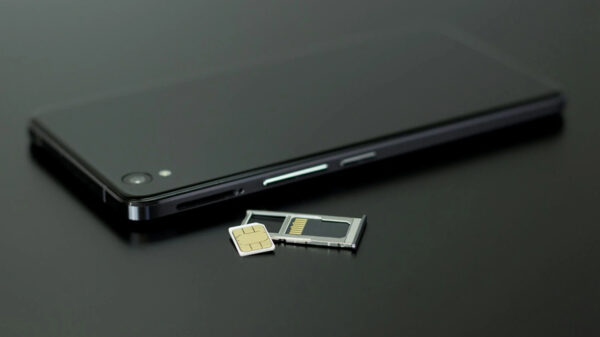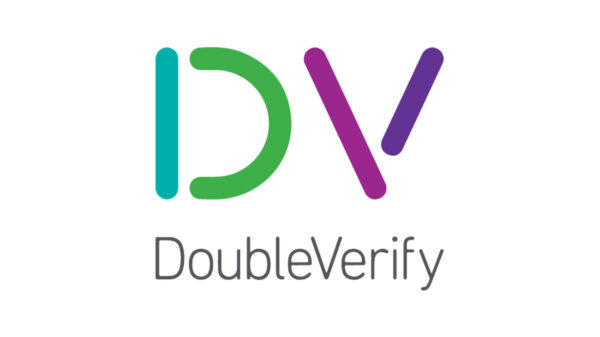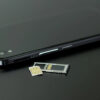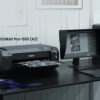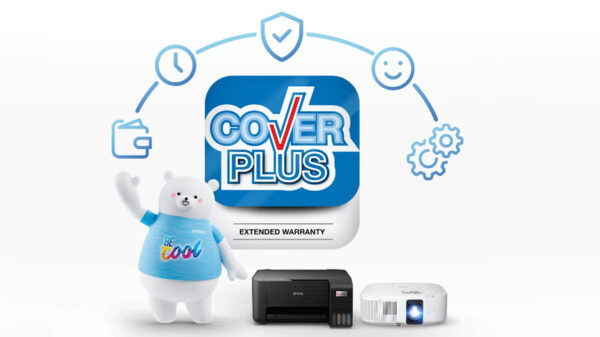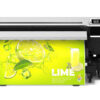Epson launched its high-speed line head Multi-Function monochrome inkjet printer for enterprise printing, the environmentally-friendly WorkForce Enterprise WF-M20590 that prints at speeds of 100 pages per minute (ppm) while reducing impact to the environment when compared to laser printers.
Driven by Epson’s PrecisionCore linehead technology, the WF-M20590 delivers a fast first page-out time of 6.2 seconds with minimal warm-up time. High capacity ink cartridges yield up to 120,000 pages[1] of high-quality prints, enabling continuous printing with uninterrupted downtime and a lower total cost of ownership. Designed to meet the high-volume printing needs of businesses, the printer can handle print volume of 20,000 to 100,000 pages per month.
As inkjet printers do not use heat in the printing process, they consume far less power than laser printers. The WorkForce Enterprise printers consume up to 85% less energy than a similar-speed laser printer, which can amount to significant cost savings in the office[2].
Inkjet printers also produce up to 85% less carbon dioxide than those of comparable laser printers3. This means that for every 8 cedar trees required to absorb the amount of carbon dioxide because of using a laser printer, an Epson inkjet printer requires only 1 cedar tree.
In terms of waste generation, the WorkForce Enterprise printers come with fewer components that need replacing, making them more convenient to operate as they require only changing of the ink cartridges and maintenance box as compared to the toner, drum, developer, fusers and more components for laser models.
This translates to 59% less replacement parts compared to laser printers4, significantly reducing the amount of waste generated and impact on the environment over the lifetime of a printer. With this, downtime is greatly reduced, with much less maintenance for the printer needed over its lifetime.
“Following the success of the WF-C20590, we are introducing the monochrome WF-M20590 for black and white printing. The WF-M20590 provides an eco-friendly alternative to laser printers while delivering on its 100ppm speed and productivity. As Epson’s inkjet technology does not use heat for printing, the benefits that this brings are manifold – Reduced maintenance and downtime, no warm-up time required for first print out, ability to print on a wide variety of paper types, and of course, a much-reduced impact to the environment in terms of energy consumption and waste generated,” said Eduardo Bonoan, GM – Marketing for Epson Philippines.
***
[1] Replacement cartridge yields are based on ISO/IEC 24711 tests in Default Mode printing continuously. Cartridge yields vary considerably for reasons including images printed, print settings, temperature and humidity.
[2] Testing was commissioned by Epson to Keypoint Intelligence-Buyers Lab. Two comparison models were selected from color laser multi-function printers in the 65-70ppm class. Tests were conducted at the devices’ default settings using Keypoint Intelligence-Buyers Lab standard energy consumption test methods. Calculations were based on a weekday workload of 2 x 4 hours printing + 16 hours in sleep/standby mode, and weekend energy use of 48 hours in sleep/standby mode. A total of 69 pages of workload test pattern .doc, .xls, .ppt, .html, and Outlook files were printed 6 times in each 4-hour printing period.
3 Annual CO2 output calculations were based on JEMAI-LCA Pro. Cedar tree CO2 absorption calculations were based on Japan Forestry Agency standards of 8.8kg CO2 per annum per tree.
4 Testing was commissioned by Epson to Keypoint Intelligence-Buyers Lab. Two comparison models were selected from color laser multi-function printers in the 65-70ppm class. Calculations were based on the frequency and volume of consumables and replacement parts required to print 1 million pages (ISO/IEC 24712 test pattern) over a period of 5 years.

